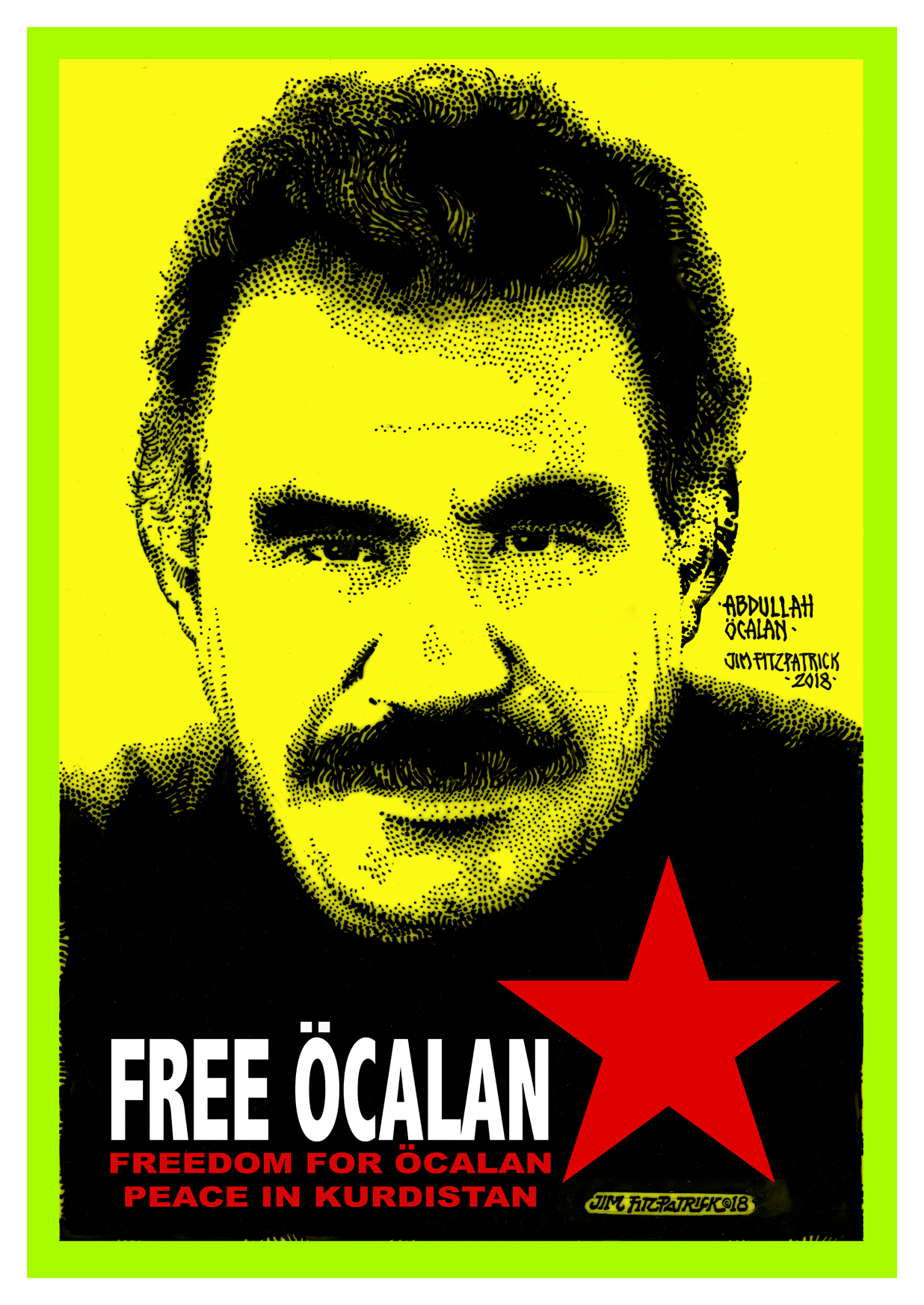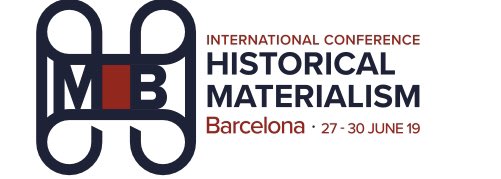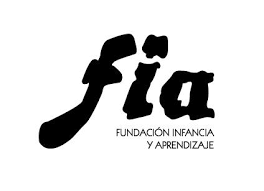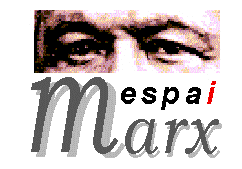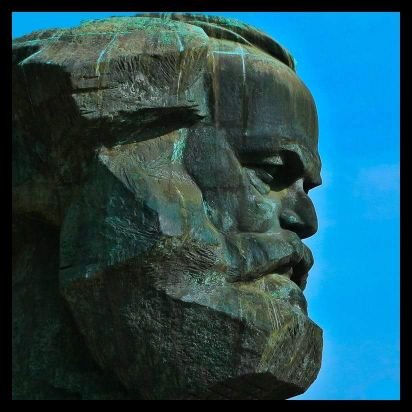«Vygotsky’s plural discourse on the human mind»: Jussi Silvonen
 ‘To define a problem of investigation means not only to determine its specific subject matter, not only to find a question that needs to be clarified, but, first and foremost, to become cognitively aware of the theoretical task.’ A.N. Leont’ev, 1935 (Leont’ev, 1995)
‘To define a problem of investigation means not only to determine its specific subject matter, not only to find a question that needs to be clarified, but, first and foremost, to become cognitively aware of the theoretical task.’ A.N. Leont’ev, 1935 (Leont’ev, 1995)
Louis Althusser claims in his papers on Marx and Freud that both of them established a new science, different from classical modern science (Althusser, 1996). Both were, according to Althusser, critics of the Cartesian philosophy of consciousness. Althusser points out that to make a move to a new science requires an epistemological break with the old one. This break is never an easy one and does not happen in the first steps of the new theory. On the contrary: ‘The youth of a science is its maturity: before that age it is old, having the age of the prejudices on which it lives’ (Althusser, 1996, 19). New science starts with concepts borrowed from the old theories, and because of this the demarcation line between the old and the new science is within the new theory. New science achieves its youth in its old days.
In this article, I ask if we can learn something by reading the classics of the cultural-historical tradition, like Althusser,2 as texts of epistemic contradictions and transformations. This was actually also Vygotsky’s approach to science, which should be understood ‘dialectically in its movement, i.e. from the perspective of its dynamics, growth, development,evolution.’ (Vygotsky, 1997b, 292). For Vygotsky, the concept of development does not include ‘just evolutionary but also revolutionary changes, regression, gaps, zigzags, and conflicts.’ (Vygotsky, 1997c, 221).
How does Vygotsky’s theory relate to modern science in general and, in particular, to modern psychology? Nowadays, it is widely claimed that Vygotsky’s theory represents a transition from ‘classical’ to ‘non-classical’ psychology (Asmolov, 1998; El’konin, 2001; Robbins & Stetsenko, 2002; Zinchenko, 2001). How does this transition to a non-classical, (or ‘organic psychology’) really occur? How are the possible ruptures in Vygotsky’s work related to our current disputes about the continuity and discontinuity between key figures in Vygotsky’s school? I shall focus here on two questions; how is the transition from old to new apparent in Vygotsky’s work and how are the shifts in his work related to our current discussions. I attempt to follow the problematique of Vygotsky’s work, the change and development of his scientific language, methodological orientation, explanatory models and his ‘nomenclatura and terminology’ (Vygotsky, 1997b, 281), and relate these to the development of Vygotsky’s conception of semiotic mediation.
I shall make distinctions regarding Vygotsky’s theory into three phases: a socio-behaviourist phase of young Vygotsky, the founding phase of cultural-historical psychology (CHP1) and the late Vygotsky’s work (CHP2)3. In making these distinctions, I am using the idea of epistemological breaks in the sense Michel Foucault uses it. Foucault states in his Archaeology of Knowledge that Althusser’s concept of epistemological break simplifies things by the assumption that there is one point where the break happens. According to Foucault, there are several thresholds of discontinuity in the development of science. The first is the threshold of positive discourse, a moment in which the discourse achieves its individuality and autonomy; the second is the threshold of epistemology where the rules and norms for the verification of knowledge are articulated; the third is the threshold of science, a phase of establishing rules and laws for the formation of propositions and the last is the threshold of formalization, after which the ways and strategies for legitimation of the discourse are formed (Foucault, 1991a, 186-189).


